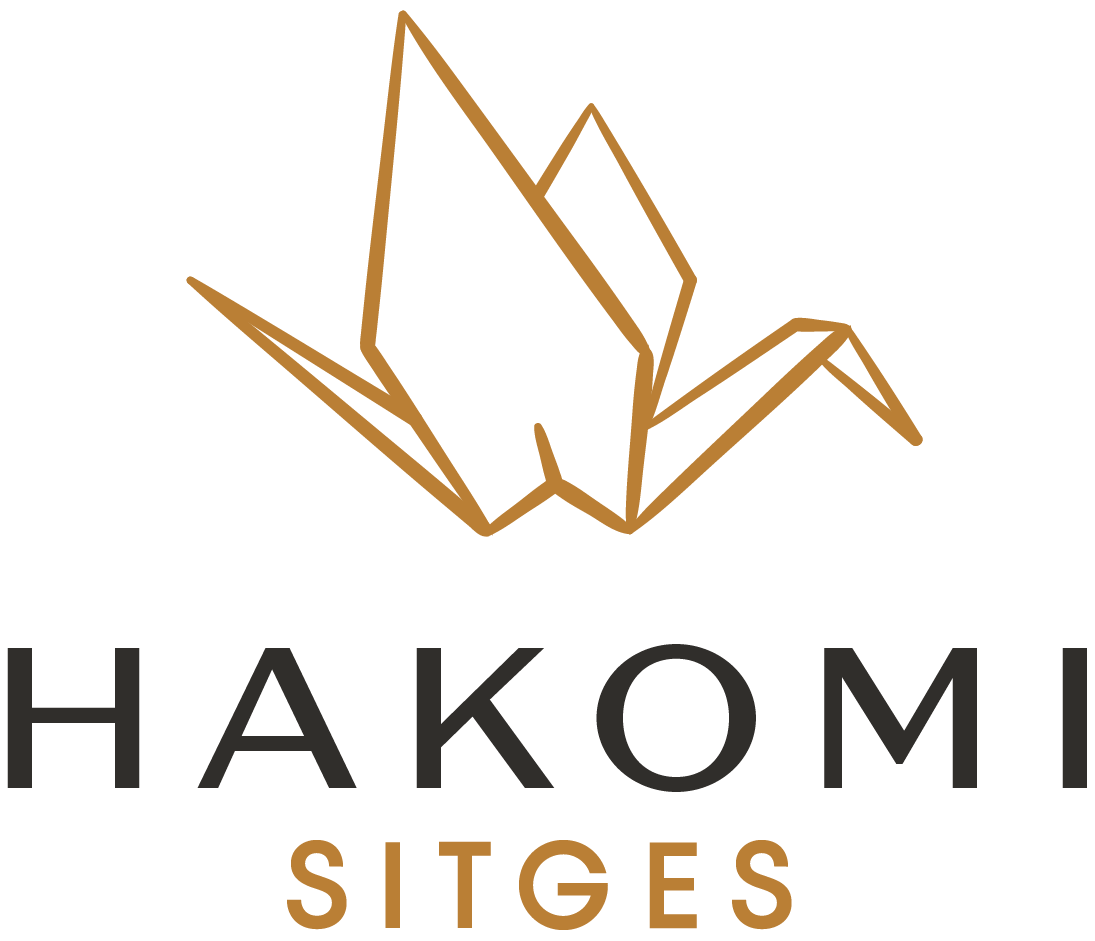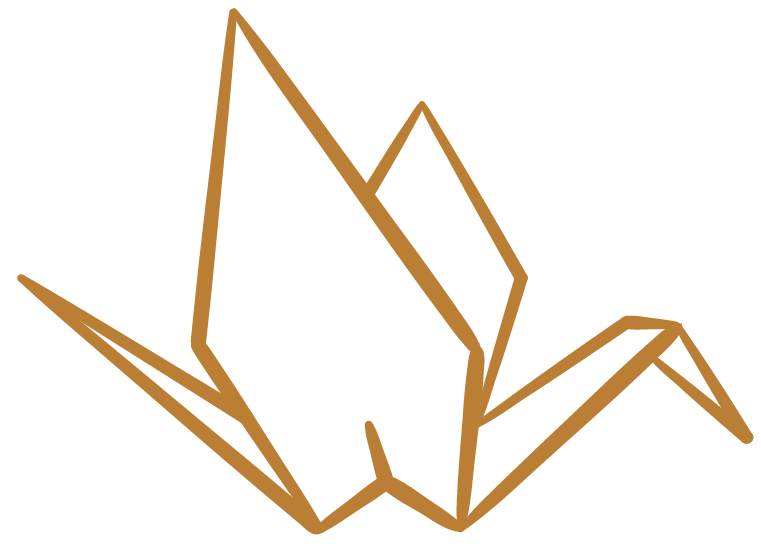
TERAPIA Y COACHING BASADO EN EL MINDFULNESS
Hakomi integra la sabiduría ancestral del Mindfulness con los avances más recientes en neurociencia, ofreciéndote un camino suave y eficaz para comprenderte mejor, encontrar respuestas y transformar tu bienestar.
DESCUBRE HAKOMI
La atención plena y la no violencia son los fundamentos de Hakomi, un método de auto-descubrimiento asistido que va más allá de la terapia verbal para brindar el bienestar emocional.
-
Hakomi se basa en la idea de que gran parte de nuestro sufrimiento cotidiano es innecesario, derivado de creencias inconscientes que ya no son relevantes, verdaderas o útiles. El método está diseñado para hacer conscientes esas creencias de manera amorosa y eficiente, con la ayuda de la atención plena (Mindfulness). Una vez que se vuelven conscientes, pueden examinarse con compasión y sin juicio, permitiendo que surjan nuevas posibilidades en la manera de relacionarse con la dificultad, las personas involucradas y nuestra vida en general.
-
Hakomi tiene sus orígenes en la colaboración de Ron Kurtz y un grupo de psicoterapeutas estadounidenses y canadienses desde la década de 1970 hasta 2011.
Integra principios de filosofías orientales, en particular del Tao Te Ching y el mindfulness, con enfoques humanistas y experienciales de la psicología occidental – como el trabajo centrado en la persona de Carl Rogers, el pensamiento sistémico y la bioenergética.
Actualmente, el método es llevado a cabo por el Instituto Hakomi y la Red de Educación Hakomi, que mantienen comunidades de práctica y organismos éticos que lo regulan a nivel mundial.
El método Hakomi recibió su nombre de una palabra Hopi que podría ser traducida como "¿cómo te situas en relación con estas muchas realidades?".
¡BIENVENIDA, BIENVENIDO!
Soy Julia Benini, una terapeuta Hakomi ofreciendo sesiones en línea y presenciales desde Sitges, España. Realizo sesiones en inglés, español o portugués.
Antes de convertirme en terapeuta de Hakomi, lideré proyectos de innovación social en comunidades de todo el mundo. Tuve el privilegio de trabajar en Brasil, Perú, Etiopía, Kenia, Benín, Costa de Marfil, Uganda, Burkina Faso, Mali, Níger, Ruanda, Estados Unidos y Bangladesh, aprendiendo de primera mano sobre sus desafíos y fortalezas.
Mi labor consistía en sumergirme en estas comunidades, comprender sus necesidades insatisfechas y ayudar a convertirlas en iniciativas que impulsaran el progreso social. En cada lugar, conocí personas extraordinarias que, a pesar de enormes desafíos, lograban transformar su entorno con resiliencia y creatividad.
Sus historias resonaron profundamente conmigo, reflejando aspectos de mi propia trayectoria y despertando en mí el deseo de apoyar el cambio no solo a nivel colectivo, sino también en el ámbito individual. Así comenzó mi camino hacia Hakomi, una práctica que une cuerpo y mente para facilitar el autoconocimiento y la sanación.
-
Tras dos años de psicoanálisis, descubrí Hakomi a través de colegas psicoterapeutas en California. En mi primera sesión, profundicé más que en todo el tiempo previo de terapia verbal. Esta experiencia fue tan reveladora que comprendí inmediatamente el poder transformador de los enfoques de tercera generación, fundamentados en el humanismo y la integración cuerpo-mente.
Para mí, Hakomi representa una metodología práctica, compasiva y eficaz para ayudar a las personas a sentirse mejor y descubrir las respuestas necesarias para desarrollar todo su potencial. Me formé en la Red de Educación Hakomi, cuyos principios éticos guían mi práctica.
Además de acompañar a individuos en su proceso de autoconocimiento, asesoro a organizaciones en el desarrollo de liderazgos equitativos, promoviendo la colaboración, la creatividad y la justicia social.
Paralelamente al trabajo individual, colaboro con organizaciones para crear entornos donde florezcan la colaboración, la creatividad y la equidad. Para más información sobre mi práctica de coaching ejecutivo, visita jubenini.com.
-
Soy practicante Hakomi certificada por la Red de Educación Hakomi.
Estudié Terapia Breve (modelo MRI-Palo Alto) en el Hospital de Sant Pau de Barcelona y soy certificada como Terapeuta del Método de Terapia Breve Centrado en Soluciones (TBCS) por la International Alliance of Solution-Focused Teaching Institutes.
Para seguir profundizando en la práctica clínica, actualmente estudio psicología en la Universidad de Toulouse II, Francia.Mi enfoque somático se enriquece con disciplinas como Pilates, Feldenkrais y la meditación Mindfulness en la tradición Zen.
Soy instructora de Pilates formada por Nicole Greyson (Chicago, EE.UU.), con quien sigo estudiando el movimiento humano, y por Balanced Body (EE.UU, España).
Tengo una licenciatura en Comunicación Social y un máster en Ingeniería por la Universidad de São Paulo (Brasil), así como un doctorado profesional en Interacción Usuario-Sistema por la Universidad Técnica de Eindhoven (Países Bajos).
Testimonios
CÓMO EMPEZAR
¿Quieres saber si Hakomi es adecuado para ti?
Estas son algunas de las razones por las que la gente busca un practicante Hakomi.
Sentir tristeza y no entender por qué.
Duelo por la pérdida de un ser querido.
Integrar un acontecimiento traumático.
Experimentar estrés.
Preocupación constantemente por el futuro.
Problemas en relaciones personales en casa o en el trabajo.
Deseo de mejorar la imagen corporal y la confianza en sí mismo.
Deseo de llevar a cabo un cambio en el trabajo o en las relaciones personales.
Experiencia anterior con la psicoterapia tradicional o el coaching sin los resultados esperados.
-
Las sesiones de Hakomi no son conversaciones largas y especulativas. Creemos que tu historia emocional está escrita en la forma en que haces las cosas a cada minuto, y tu cuerpo es un depósito de información emocional. La terapeuta estará observando y escuchando estos signos, y te los señalará.
También se te invitará a notar las señales internas de tu cuerpo, como la tensión muscular o cambios sutiles en tu respiración.
Debido a que el método se basa en esta ruta directa hacia el material inconsciente, a menudo es más rápido que otros métodos y generalmente ocurre algo significativo en cada sesión.
-
Ofrezco sesiones de 55 minutos de duración. En el espíritu de la no violencia, no tienes que comprometerte con una frecuencia específica de sesiones. Honro tu sabiduría interna para decidir cuándo y si vas a volver.
Entretanto ofrezco paquetes para las/los que quieran trabajar más frecuentemente.
Entra en contacto y agenda una conversación telefónica de 25 minutos gratuita.
ESTOY AQUÍ PARA APOYARTE.
Programa una llamada gratuita de 25 minutos para descubrir si Hakomi es para ti – sin presión, compromiso ni obligación.
PREGUNTAS FRECUENTES
-
Hakomi se denomina a veces "autodescubrimiento asistido" porque hace hincapié en la participación activa del cliente en su propio proceso de curación. El término refleja la filosofía Hakomi, que considera que el papel de la terapeuta es principalmente de apoyo y facilitación, más que directivo. En Hakomi, la alianza entre el cliente y la terapeuta es colaborativa, dirigida por el cliente y no violenta.
-
Durante una sesión Hakomi, la terapeuta te invita a centrarte en tu experiencia presente durante breves momentos, que suelen durar un minuto o menos. Aunque no es necesario tener experiencia previa en meditación o atención plena, es importante cultivar una sensación de calma y concentración para observar tus propias reacciones.
Durante estos momentos, la terapeuta observa atentamente tus señales no verbales, como el tono de voz, los movimientos, los gestos, la postura, las expresiones. A continuación, comparte estas observaciones contigo, invitándote a explorarlas con apertura y curiosidad a través de la autorreflexión.
-
El método Hakomi se basa en la interocepción, es decir, en la capacidad de percibir señales corporales internas como el aleteo de las mariposas en el estómago o cambios sutiles en los patrones de respiración. La terapeuta facilita este proceso guiándote hacia estados de atención plena, aunque no tengas experiencia previa en meditación.
Cuando las sesiones son en persona, la terapeuta puede incorporar el tacto, como poner una mano suave sobre los hombros, para ayudar en el proceso de autoaprendizaje. Sin embargo, no en todas las sesiones habrá contacto físico, y la terapeuta siempre pedirá tu consentimiento antes de cualquier contacto físico. Es importante tener en cuenta que el uso del tacto nunca tendrá una intención sexual.
-
Cuando se habla de la terapia conversacional tradicional, normalmente se hace hincapié en los enfoques psicodinámicos arraigados en el psicoanálisis. Reconocemos la inestimable contribución de pioneros como Freud y Jung, que sentaron las bases de la psicoterapia en el siglo pasado. Sin embargo, la neurociencia experimental ha demostrado que reinventamos nuestros recuerdos cada vez que los recuperamos, por lo que centrarse en los recuerdos no es la mejor forma de curarse. Eso puede explicar por qué algunas personas permanecen años en terapia hablada sin ver grandes resultados.
Además, investigaciones fundamentales de Peter Levine, Bessel van der Kolk y Stephen Porges, entre otros, han demostrado que, al igual que otros mamíferos, gran parte de nuestros traumas residen en el cuerpo. Por lo tanto, quedarnos en el ámbito cognitivo de la corteza prefrontal no es muy eficaz: también tenemos que escuchar al cuerpo.
Por último, en la terapia conversacional tradicional, la terapeuta asume un papel protagonista, interpretando las narraciones del cliente. En cambio, en Hakomi y otros métodos centrados en el cliente inspirados en Carl Rogers, es el cliente quien guía el proceso. Al igual que una doula, el papel de la terapeuta es fomentar un contenedor seguro en el que el cliente pueda recorrer su propio camino de autodescubrimiento y crecimiento.
-
No. Somatic Experiencing es un método desarrollado por Peter Levine que se centra en la curación del trauma. Ayuda a las personas a liberar traumas almacenados mediante el seguimiento de sensaciones y movimientos corporales, de modo que puedan aliviar traumas almacenados en el sistema nervioso.
Los y las terapeutas Hakomi y de Somatic Experiencing comparten antecedentes teóricos similares, como la Teoría Polivagal de Stephen Porges y el trabajo de Bessel Van der Kolk. Al igual que Hakomi, la Experiencia Somática puede emplear el tacto suave, el movimiento y la conciencia corporal.
Sin embargo, el metodo Hakomi no sólo se emplea en el trabajo con traumas, sino que se adapta a personas que afrontan diversos retos vitales.
-
La Terapia Sensorimotriz fue desarrollada por la clínica Pat Ogden. Estudió Hakomi con Ron Kurtz. La Terapia Sensorimotriz es el desarrollo de muchos años de trabajo clínico de la Dra. Ogden. Aunque se basa en los principios Hakomi, es su propio método y se centra en el trauma.

ENTRA EN CONTACTO
Deja un mensaje
Hakomi Sitges, auto-descubrimiento asistido basado en Mindfulness y No-Violencia. Todos los derechos reservados. Para obtener información sobre cómo se almacenan los datos personales que compartes aquí, póngate en contacto con hello@hakomisitges.com








